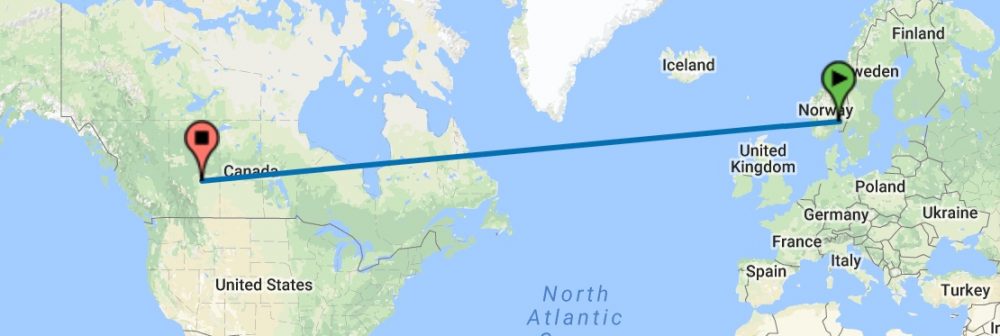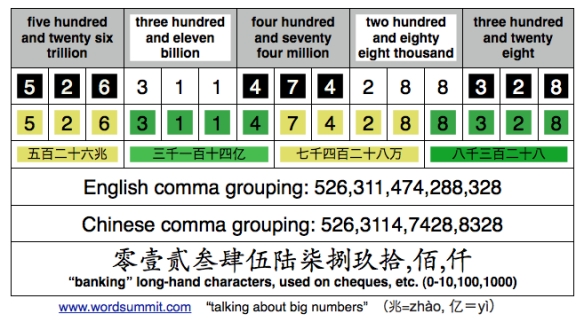Learning to count to ten in Cree
I found Brian MacDonald’s cd (Onion Lake, SK) in the Edmonton Public Library (epl.ca). The music cd “For the Generations” and lyric booklet is part of their Cree Family Language kit; this song is called “The Number Song” and my son and I listened to it to learn the Nêhiyawêwin Cree numbers from 1-10. This was a fun way for us to spend a Saturday when my wife was called in to work. The syllabics below were generated using the Maskwacis Plains Cree Syllabic Converter on the Online Cree Dictionary site.
I don’t know how many mistakes (spelling, etc.) we made, but that’s how it works, doesn’t it? We gave it a go and now it’s now a song that we can sing sometimes to try and keep it fresh, and we can revisit it at some point in the future.
- peyak ᐯᔭᐠ
- nîso ᓃᓱ
- nisto ᓂᐢᑐ
- newo ᓀᐅᐧ
- nîyânan ᓃᔮᓇᐣ
- nikotwâsik ᓂᑯᑖᐧᓯᐠ
- (ekwa) têpakohp (ᐁᑲᐧ) ᑌᐸᑯᐦᑊ
- ayinânew ᐊᔨᓈᓀᐤ
- kêkâ-mitâtaht ᑫᑳ ᒥᑖᑕᐦᐟ
- (mina) mitataht (ᒥᓇ) ᒥᑕᑕᐦᐟ
êkota isko nitakihcikān ᐁᑯᑕ ᐃᐢᑯ ᓂᑕᑭᐦᒋᑳᐣ (“this is how far I’m counting”—thanks to RQ for translation!)

